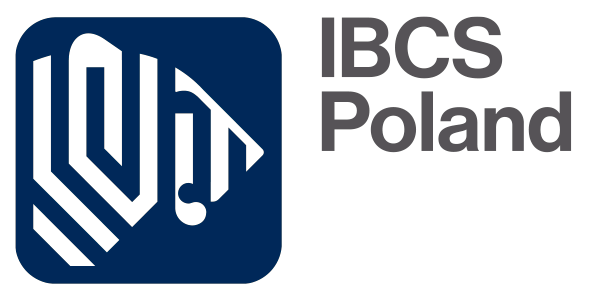Elements of RFID system:
RFID reader is the ‘brain’ of the system. You can program it to read:
- only specified RFID tags,
- tags in specified times,
- given tag only one,
- each tag every time it is within range.
RFID antennas transmit radio wave to RFID tags to boost them and listen to answer. They are connected to the reader with concentric cable, send and receive information.
RFID tags are placed on objects and if they are not active tags they wait for reading. They have one or more memory banks to store information and unique identification.
Cables – concentric cables connect the reader and antennas, allowing the reader to send orders to antennas. Cables differ by connectors, length, isolation – this influence quality of the single.
Software – in almost all RFID systems, software is vital in order for hardware to fulfil customer’s requirements.
Additional elements depending on system complexity and way of installation, e.g. signal columns, motion sensors, drivers, RFID printers, montage elements, etc.
Several/ over a dozen devices comprise for a working RFID system. Correctly configured, tested and tuned up system can read stationery and mobile RFID tags with almost 100% efficiency.

Types of RFID frequency
Low Frequency (LF) 125 – 134 kHz – low frequency, mainly used for tracking and marking of animals, identification of people, access authorization. Reading range from contact to around 10 cm.
High Frequency (HF) 13.56 MHz –high frequency systems have reading range from 1cm to 1m. Short range communication (NFC) is a part of this frequency. This range is commonly used with payments, ticket applications, proximity cards, etc.
Ultra-High Frequency (UHF) 865 – 960 MHz – this frequency is used with most RFID application. In Europe, the norm is 865 – 868 MHz. Reading range for passive UHF tags is from a few centimetres for small tags up to 10m for large tags. This frequency is used in tracking application, supply chain management, manufacturing and logistics and retail.
433 MHz or 915MHz – active RFID tags operate in this frequency. What distinguishes them from passive system is battery charging the tag, prolonging reading range. These tags can be read from significant distance, but the battery life span is only about 3-5 years. These tags are larger, more massive and more expensive than their passive equivalents.
